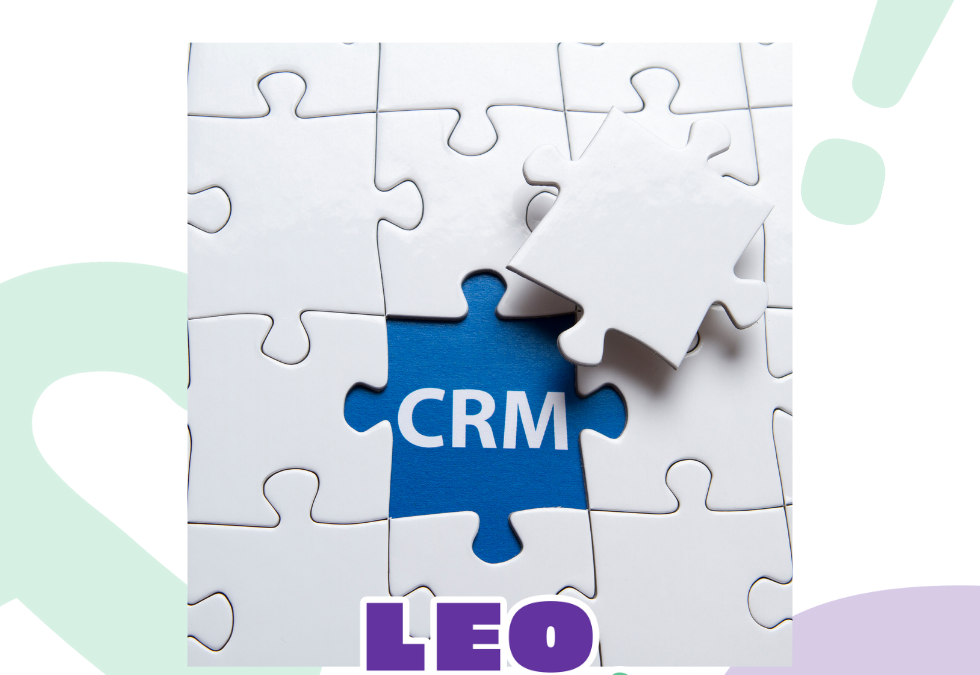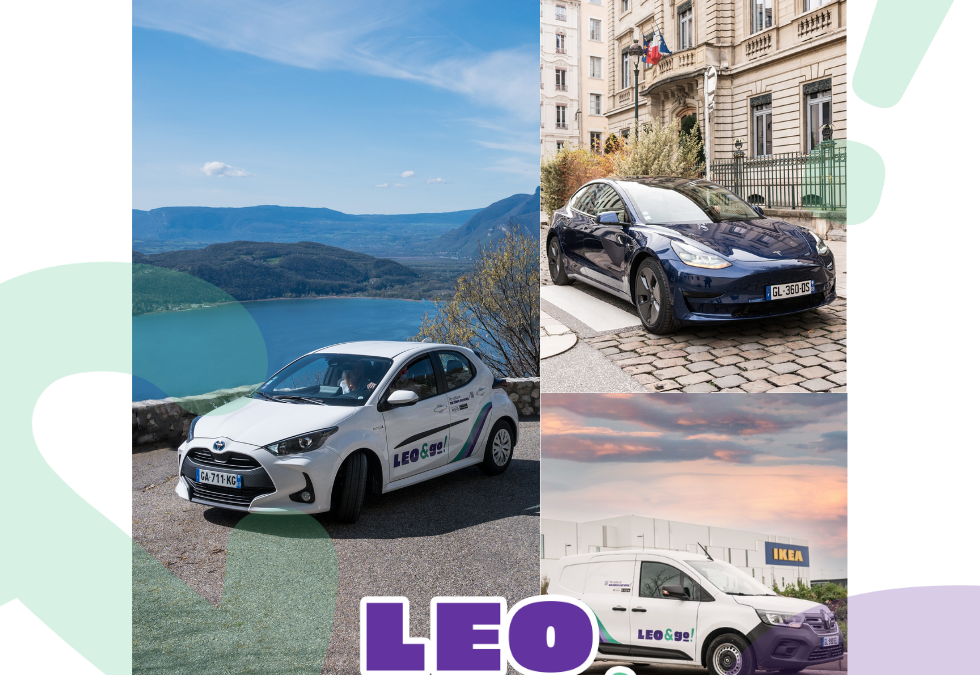Vulog’s own Kristopher Luey and Brennan Froud were live on location at CoMotion MIAMI to bring insights into what to look out for in mobility across North America 2022.
April 27, 2022 With the next wave of the mobility revolution coming into focus more and more, a new horizon is emerging with substantial opportunities for the public and private sectors. Key leaders, stakeholders, innovators, investors, and startups within the mobility industry were buzzing about these kinds of conversations at CoMotion MIAMI, a hyper-connected city: linking people, infrastructure, and services.
A collaborative space for leaders driving the Mobility Revolution
Over two jam-packed days of engaging and interactive demos, talks, and workshops, CoMotion MIAMI dived into the challenges and opportunities of urban mobility and how we can focus more on cities, zero-emission technologies, mobility, and transit systems of the future. Vulog’s experts were on location, driving these much-needed conversations and gaining industry insights left, right, and center. Read on to get a first-hand experience of what it was like at the immersive and inspiring event from Vulog’s own Kristopher and Brennan – take it away guys!
What were the emerging mobility trends at CoMotion MIAMI?
A major trend that we observed was equitable and sustainable transportation. Government and legislature have more responsibility in impacting mobility investments, and policymakers realize their crucial role in supporting, fostering, and conserving transport work. Most importantly, how their efforts should serve our most significant public policy goals, such as helping to confront the climate crisis, creating greater economic opportunity, and advancing equitable access to transportation. A clear example of this is the city of Chicago giving 5000 bikes to residential neighborhoods with minimal access to fixed transit.
Another key trend circling the event was evaluating MaaS as a business model regarding partners, data, regulations, financing, and goals, especially its contribution to sustainable goals. Focusing on the autonomous vehicle deployment process and ways to integrate first and last-mile mobility near fixed transit infrastructure were also hot topics of discussion as society adapts more to needing seamless, easy, and accessible transportation.
Overarching themes of the event?
A common theme we recognized was aligning municipalities, researchers, and automotive professionals on a similar path to a user-centric-post-covid mobility strategy – now is the time for everyone to work hand in hand to drive the mobility revolution forward! There was also a clear focus on ensuring municipalities’ commitments and executions of equitable transportation initiatives can serve the systemic inequalities that previously were not given the appropriate attention or action.
What also stuck out to us was the critical role innovative technology providers and secure-data standards have in shaping connected, electric, autonomous, and shared mobility for the future. Despite the pandemic, mobility has remained a lifeline for individuals, enabling shared mobility services to gain significant traction and prove to be a key solution in reducing congestion and combating climate change.
What was the most inspiring thing you saw or heard at the event?
It was super interesting to hear how Helbiz reached out to cities to understand the gaps in fixed infrastructure mobility for residents. They are trying to address the needs of users of lower income through their programs. For example, the Helbiz Rider Accessibility Program plan offers 100 free trips every month for 30 minutes or less. It waives any applicable vehicle deposit to those with an income level at or below 200% of the federal poverty guidelines. It is excellent to see mobility services catering to users’ needs as a top priority and ensuring it is accessible for everyone.
We also came across some interesting mobility operators finding new ways to differentiate their revenue streams and discovered how residential building developers are combining housing with transit – who would have thought! Developers must provide a specific number of parking spaces per x unit. An emerging trend coming out of this is to offer mobility memberships as an alternative to fixed parking spaces, which avoids vehicles remaining idle when not in use.
Key takeaways?
A strong focus will undoubtedly be on equitable transportation in the near future – it’s even happening as we speak! – especially as improving accessibility to transit is a way to reduce carbon emissions mainly produced by private vehicle ownership.
The event also strongly highlighted that in a free market economy, regulating mobility data safely, and fairly is a challenging yet essential aspect of launching sustainable, connected shared mobility solutions. What’s more, the pandemic has provided government, engineers, Urban Planners, and Automotive professionals time to reimagine the future of urban mobility and affirm that now is the time to launch short-term trials and long-term sustainable mobility projects.
Has your perspective on where mobility is headed in North America shifted? Or confirmed any opinions you already had?
We both agreed that mobility in North America is heading towards a more equitable approach, where policymakers, cities, and mobility operators must come together. There is importance in capitalizing upon the $2 trillion infrastructure bill, and it was great to see the impact a small portion of the money can have on local communities and their ability to take necessary risks and launch innovative solutions to change an inefficient model.
The impact debate Peak Car? Can we kick the habit, featuring MIT professor David Keith and Mark Gottfredson, Partner at Bain & Company, Inc, discussed several scenarios around vehicle ownership to prove whether we are at the peak number of vehicles per person globally. What was made clear is that providing equitable transportation options is possible with shared mobility, which will, as a result, avoid an increase in vehicles as the global population increases.
Want to keep the conversations going and meet us at future events? Check out the list of events we’ll be attending here!




